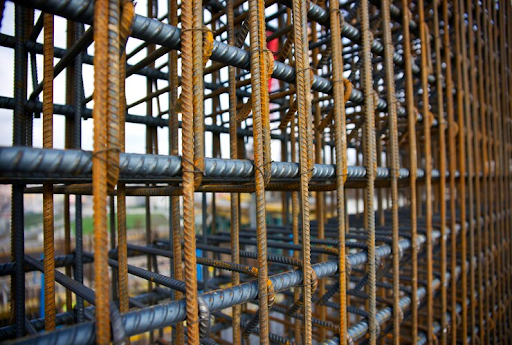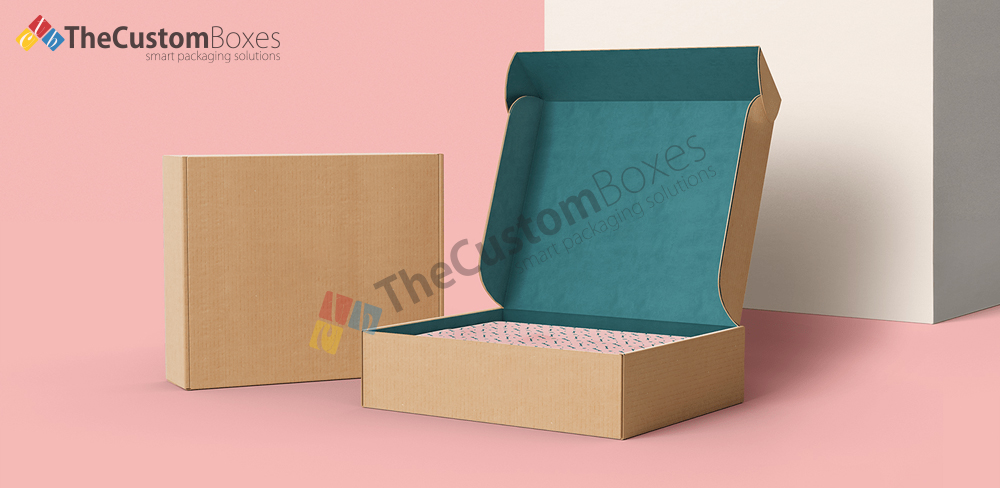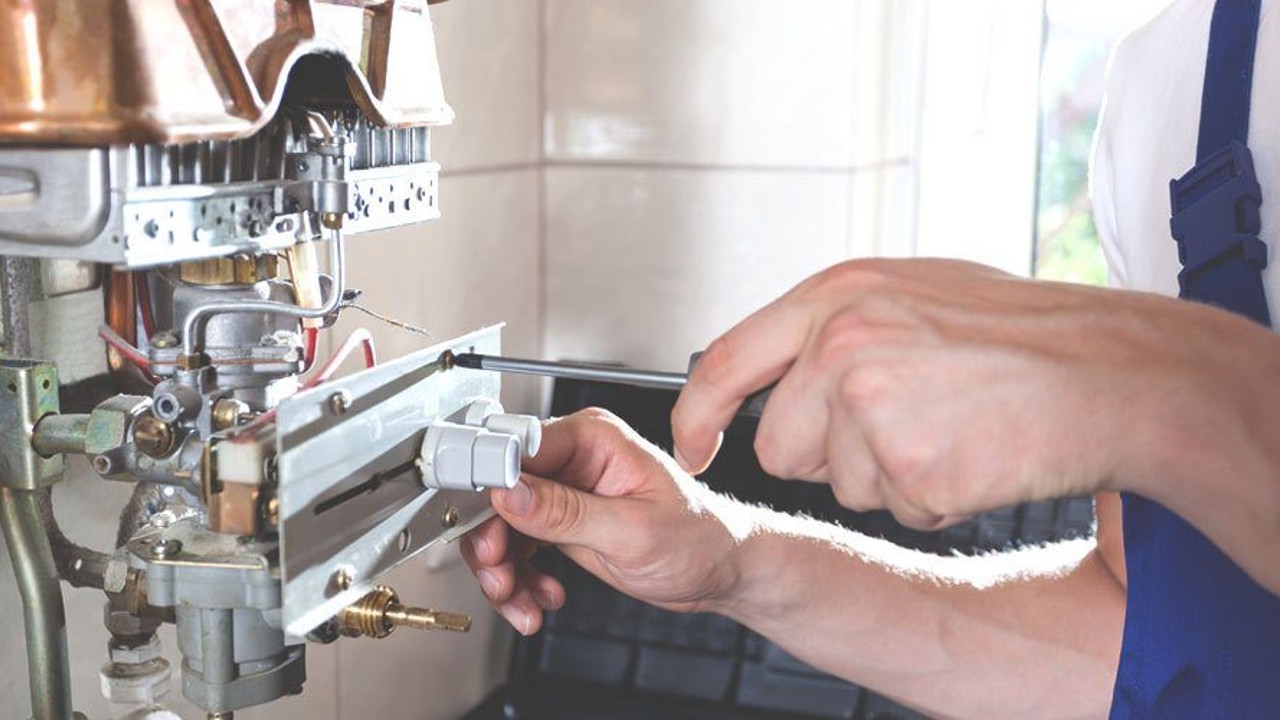Steel reinforcement, such as rebar or steel wire, is used in concrete members to mainly withstand tensile pressures brought on by volume changes or externally applied loads.
Steel is placed in concrete in a way that works with the other materials to resist forces. In a concrete construction, the reinforcing steel—rods, bars, or mesh—absorbs the compressive, shear, and occasionally the tensile stresses.
The most popular forms of reinforcement include steel wire reinforcement, stretching steel, and plain and deformed reinforcing bars.
What is Steel Reinforcement?
Steel reinforcement, also known as rebars, combines steel bars and plain cement concrete, forming a reinforced concrete structure (R.C.C).
Types of steel reinforcement
Cold Rolled Steel Bars
Cold rolling is a secondary process after hot rolling or working, reducing internal stress in steel bars. It offers higher dimensional tolerances and surface finishes when followed by room-temperature cooling.
Cold-rolled steel has higher tensile strength due to the absence of plastic yield, reducing mobility but improving resistance to crack formation compared to hot-rolled reinforcing bars.
Prestressing Steel Bars
Prestressing steel bars, strands, or tendons are designed to subject concrete to high compression rates before load. They provide post-tensioning forces, counteracting stresses during loads, and reducing cracks.
Prestressing steel has a circular cross-section and can withstand higher pressures, up to 270000 psi, compared to hot rolled steel.
Hot Rolled Deformed Bars
Hot rolling is the process of heating steel materials above the recrystallization rate, resulting in more ductile and machinable steel deformed bars.
The process begins with a billet, which is heated, flattened, and then forced into rollers. These deformed bars have high yield strength, making them one of the most vital types of reinforcement. They can be applied in mill-finished form or coated with polymeric coating.
Mild Steel Bars
Mild steel bars, with a lower carbon content of less than 0.25%, are machinable but have poor yield strength and low corrosion resistance. Despite their low cost, they remain economical for small building projects due to their lack of further processing.
Advantages And Disadvantages of Steel Reinforcement
Steel reinforcement is a popular choice for reinforcing due to its compatibility with concrete, robustness, bendability, recycling property, and easy availability.
It doesn’t require special tying up with formworks, can withstand wear and tear during construction, and can be easily bent to specific specifications.
Steel reinforcement is also readily available in every region.
Steel reinforcement has several disadvantages, including its reactive nature, high cost, and potential melting at high temperatures. It can reduce concrete strength and lead to failure in small concrete structures, requiring careful construction methods.
What Is Need for Steel Reinforcement?
Concrete structures require steel reinforcement for tensile properties, vital in tension and compression. This prevents cracks under tension loads and minimizes stress during temperature changes.
The design engineer combines steel and concrete from reinforcing steel fabrication to resist tensile and shear forces while concrete absorbs compressive forces.



